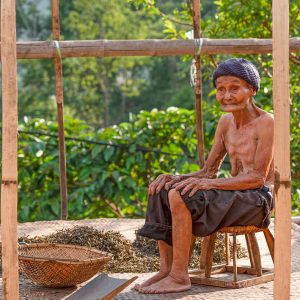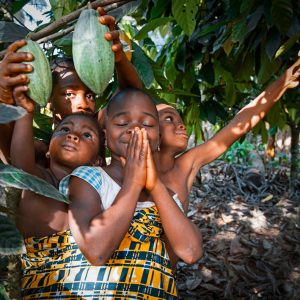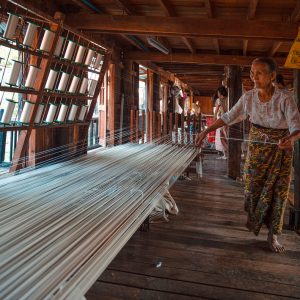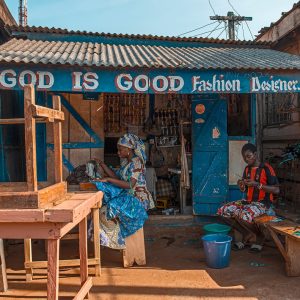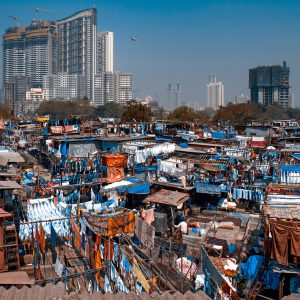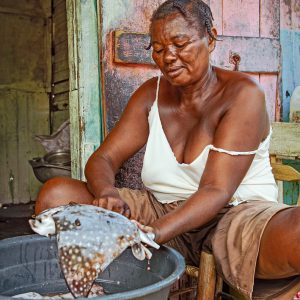EXHIBITION CURATORS
A warm welcome to the UNIDO-EU photography exhibition “A partnership of respect: the collaboration between UNIDO and the European Union through the eyes of Elisabetta Lattanzio llly, UNIDO Goodwill Ambassador” !
It is our honor to gather people from all around the world to enjoy an experience of trust, respect, and innovation. By inviting Mrs. Elisabetta Lattanzio llly, UNIDO Goodwill Ambassador, journalist and photographer, we want to have a look at UNIDO – EU collaboration from a different angle. Stepping back from numbers and formai agreements, we want to address the question Partnership far Respect.
Through policy convergence and technical cooperation in the field of inclusive and sustainable industriai development, the partnership between UNIDO and the EU is one of hope, one of respect far locai communities, especially women and youth, far the environment, far entrepreneurship, and more broadly respect for all.
The pictures selected far the exhibition show that very essence.
In this exhibition experience, you will take a step forward to contemplate the pictures. Just like in development, if you wish to see challenges addressed, and solutions proposed, there is no other way but “get dose”, watch sensibly, and then align with correct pace and dimension. The small size of the pictures illustrate the small steps needed to achieve big changes. This is precisely what UNIDO – EU partnership is about: concrete actions on the ground, joint projects, large impacts on people and on the planet.
We wish you an enjoyable experience and a good time at Expo Dubai!
Ambassador Stephan Klement – Head af Delegati on of the Europeon Union to the lnternational Organisations in Vienna
Patrick Gilabert – UN/DO Representative to the Europeon Union, and
Head of the UN/DO Brusse/s Liaison Office




